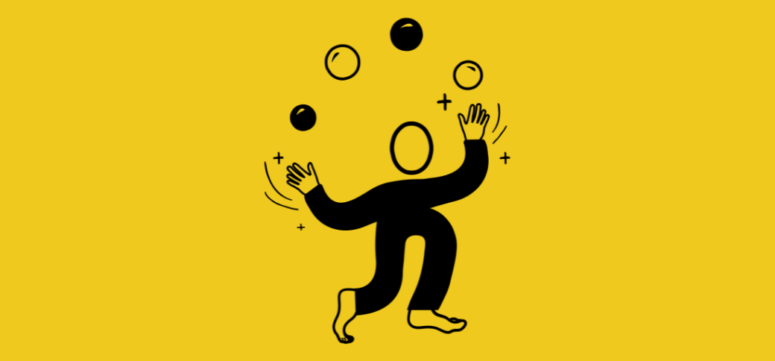productivity gains from workers’ use of generative AI, one 2023 paper found.
increase in task completion speed from employees with access to large language models, a 2023 meta-review by Microsoft found.

Talent teams have never had it so tough. Slashed budgets, leaner team sizes, and talent scarcity were enough to contend with. But now, as organizations double down on performance to survive an unpredictable market, talent teams face mounting pressure to deliver the best of the best with limited visibility of what’s coming next.
It’s a whole new set of challenges — and it requires a shift in approach. AI could be the key to helping teams overcome these challenges, enabling them to streamline processes, source new talent, and do more with less without compromising on quality of hire.
But if talent teams want to unlock AI’s full value here, they need to move beyond fixing near-term issues, and instead start thinking strategically about how to embed it into their processes and workflows.
Getting this right hinges on evaluating your end-to-end process, mapping your key challenges to use cases, and thinking more long-term about how AI can deliver impact beyond plugging the gaps in your team’s daily to-do list.




